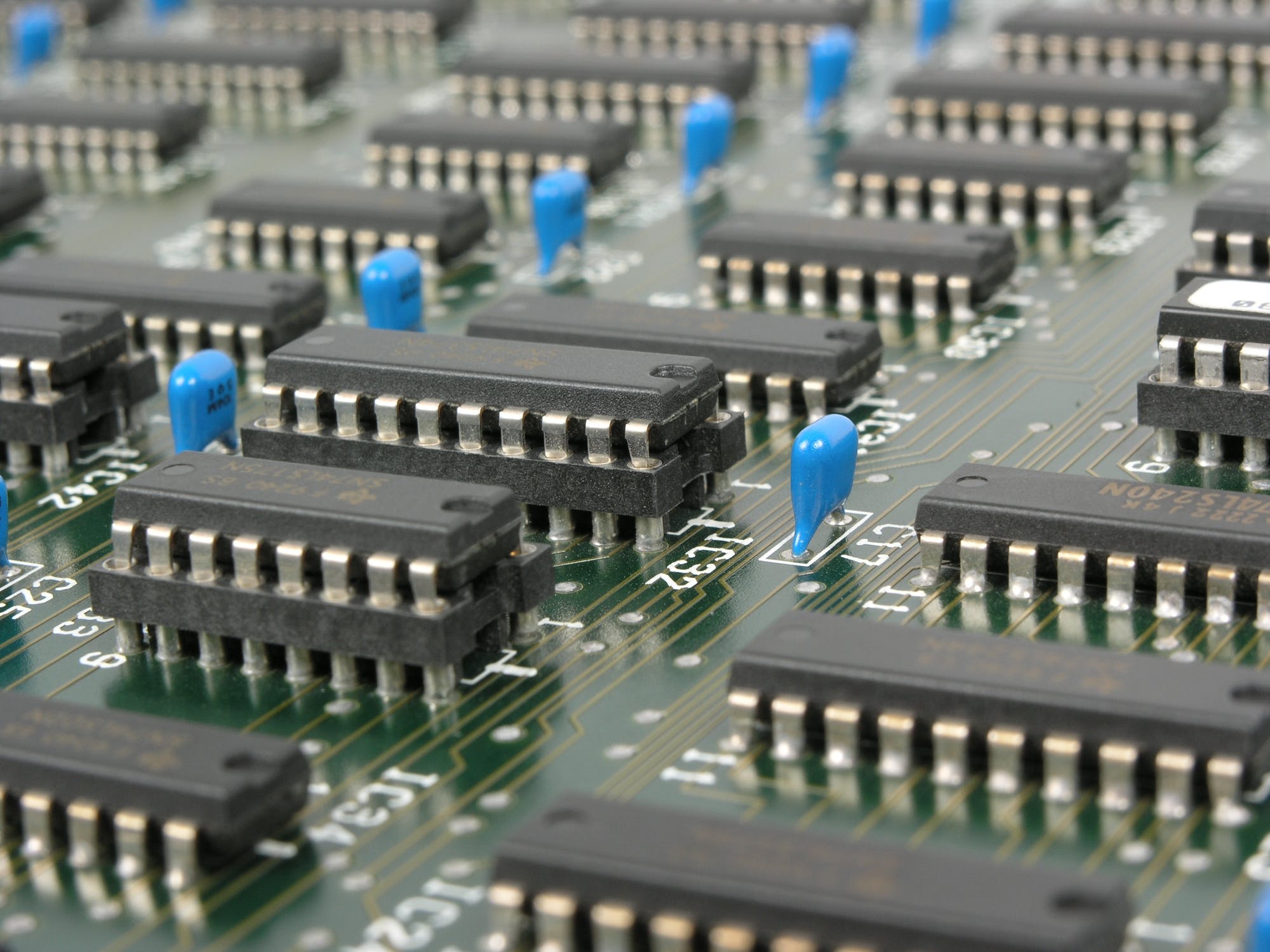
In the ever-changing field of electronic instrumentation, practicality and precision come together to show the paths taken by circuitry and systems. Input networks, amplifiers, op-amps, pulse generators, and oscillators—all fundamental components defining the essence of contemporary electronics—will be covered in this article.
Signal Generators
Signal generators are multipurpose tools for producing accurate electrical waveforms that are needed for electronic circuit and system testing, calibration, and troubleshooting. With movable parameters including frequency, amplitude, and waveform shape, they generate a broad variety of waveforms, such as sine, square, triangle, and pulse waves. In electronics labs, signal generators are essential instruments that make circuit characterization, analysis, and functional device verification easier. They are used in many different applications, including medical electronics, telecommunications, audio testing, and RF (radio frequency) signal production.
Multimeters
Volt-ohm-millimeters (VOMs), another name for multimeters, are vital instruments used by engineers, amateurs, and technicians working in electrical and electronics. These adaptable instruments, which usually monitor voltage, current, and resistance, combine several measurement capabilities into a single unit. Additional characteristics including capacitance, frequency, temperature, and the ability to test diodes may be included in some sophisticated multimeters. Multimeters can be purchased in portable or benchtop designs, and they are available in both analog and digital varieties. They are employed in both AC (alternating current) and DC (direct current) circuits for parameter measurement, component testing, continuity verification, and troubleshooting electrical circuits.
Pulse Generators
The pulse generator circuits are the principal circuits that determine the accuracy of the digital meter. The clock is a signal generator, or stable oscillator, that creates and supplies a steady stream of pulses to the variable gate. This stable signal source is also passed through a sequence of decade dividers that each reduce the pulse frequencies to Y10 of their value.
In this example, the original clock frequency of I megahertz is subdivided three times, first to I 00 kilohertz, then to I O kilohertz, and then to I kilohertz. The subdividing can continue down to I hertz so that a gate pulse of any width will be accessible. In addition, the basic clock frequency and all frequencies subdivided by 10 are available for use individually for selective counting in different ranges.
Function Generators
Function generators are electronic devices that can produce a range of repeating waveforms at varying frequencies and amplitudes, including sine, square, triangle, and pulse waves. These adaptable devices are frequently used in electronics labs for waveform generation, testing, and calibration in a variety of applications. Engineers are able to test circuit responses under a range of operating settings and mimic varied signal conditions thanks to function generators, which provide exact control over waveform parameters. They are essential instruments for electrical engineering and electronics lab instruction as well as for building and testing electronic circuits.
Input Networks and Amplifiers
The amplifier and input network serve the same purposes as the electronic analog meter. The input network attenuates the input voltage with the range switch setting to keep the test signal at the amplifier’s input below 1 volt and presents a high resistance (11 megohms) to the circuit under test to prevent overloading it.
The example we are using shows the usage of an amplifier that can take up to 1 volt of input, and the ranges vary from 2 volts to 2000 volts, in multiplier ranges of 2, 20, 200, and 2000 volts. Nevertheless, similar input and amplifier circuits can be used for both digital and analog meters.
Op-Amps and ICs
With terminal access to every point in both stages, the op-amp is an integrated circuit (IC) chip differential amplifier. These terminals can be connected to enable the op-amp to carry out a multitude of tasks. It might be a standard amplifier with a single input, and its outputs could be either non-inverted, inverted, or both. It is possible to use the two outputs separately or as a differential output. A further usage for the op-amp is as a source follower. When an alternate input is utilized with some amplifiers, the amplifier remains the same but the noninverted and inverted outputs are reversed. It is also possible to gate an input using the two stages of the op-amp.
Pulse Generators
The main circuits that control the digital meter’s accuracy are the pulse-generating circuits. The continuous stream of pulses that the variable gate receives is produced and supplied by the clock, which functions as a signal generator or stable oscillator. In addition, a series of decade dividers that each lower the pulse frequencies to Y10 of its value are applied to this steady signal source.
The initial clock frequency of I megahertz in this case is divided into three subdivides: I O kilohertz, I 00 kilohertz, and I kilohertz. Subdividing can go all the way down to I hertz, allowing for the accessibility of a gate pulse with any width. In addition, the basic clock frequency and all frequencies subdivided by 10 are available for use individually for selective counting in different ranges.
Oscillators and Waveshapers
Both the decade divisions and the clocks are typically not one stage. For example, in order to appropriately shape each wave in the pulse train, the clock often consists of amplifiers and wave-shaping circuits in addition to the oscillator. A Schmitt trigger or clipper and clamper circuits are used to convert the sine waves produced by a sine wave oscillator into square wave pulses.
Oscillator circuits come in an infinite variety. Positive feedback, sometimes referred to as regenerative feedback, is essential for a circuit to oscillate and generate a wave stream. For regeneration to take place, the input and output feedback must be in phase. A one-stage oscillator that uses RC circuits to shift the feedback phase 180 degrees to the positive; a two-stage oscillator that uses the noninverted (in-phase) output for feedback; and an LC-tuned or resonant circuit that creates regenerative feedback are some examples of oscillators. In addition, the tuned oscillator has a crystal, which vibrates naturally and is sometimes utilized to control the oscillator.
Apex Waves is your trusted partner for all your legacy test equipment needs. We offer a diverse range of high-quality instruments and a platform for selling surplus items. Get in touch with us today to learn more!
Frequently Asked Questions
What devices use digital circuits?
Computers, information appliances, digital cameras, digital televisions, flash memory, key USB memory, mobile phones, hard drives, and computer memory devices are a few examples of digital circuits.
How can you tell if a circuit is digital or analog?
Digital circuits operate with discrete signals and are better suited for jobs involving logical operations and noise-resistant data processing, whereas analog circuits deal with continuous signals and are ideal for applications that demand exact data representation.
What are the disadvantages of a digital circuit?
The vulnerability of digital circuits to noise and interference is one of their drawbacks, as it can lead to processing and transmission errors in data. Furthermore, compared to their analog equivalents, digital circuits usually consume more power, especially when performing intricate calculations or high-speed operations. The possibility of signal deterioration over extended distances, which calls for the usage of repeaters or amplifiers to preserve signal integrity, is another disadvantage. Furthermore, designing and troubleshooting digital circuits can be more difficult, needing specialized skills and tools for analysis and debugging.







